|
I have just put down Graham Greene's 'The Comedians', Haiti is on your finger tips when you turn the pages, you can smell Port-au-Prince. Greene gives the place, it's one of his great skills, the sense of place. His Catholicism is much vaunted but there was little in the way of piety, he knew all the dark places and this knowledge suffuses all his work. The same generation, the same religion, the same skills, the artist Graham Sutherland can also conjure the blackness. During the 1930's Sutherland's star ascended and he became one of Britain's leading modernists. In 1934 he visited Pembrokeshire, "I was visiting a country, a part of which, at least, spoke a foreign tongue, and it certainly seemed foreign to me, though sufficiently accessible for me to feel that I could claim it as my own". He did, he had found a place. "The whole setting is one of exuberance, of darkness and light, of decay and life. Rarely have I been so conscious of the contrasting of these elements in so small a compass". The landscapes and studies that had their origins in this countryside are remarkable and established him as an artist with a unique vision. The 'Black Landscape', above, painted in 1939 broods and threatens like the dark forces which were massing on the other side of the English channel. In complete contrast, burning bright, the painting 'Western Hills', begun in 1938 completely captures the intellectual and emotional essence of a place,and also demonstrates his debt to Palmer. It was Sutherland's practise to make shorthand drawings and sketches on his excursions and then select and work up the images back in his studio.Through this way of working he developed an imaginative style which links him to the worlds of Symbolism and Surrealism, natural forms are developed dramatically, growing in mystery often menacing or erotic. The links to the art of his friend Francis Bacon are also very evident, it was Sutherland who kickstarted Bacon's career in 1946 with an insistent introduction to Erica Brausen at the Hanover gallery. In the mid fifties Sutherland bought a villa, La Villa Blanche at Menton near Nice. His palette changed, the cold yellows of North Wales were exchanged for the dazzling yellows of the Mediterrean but the imagination remained in top gear. There were great paintings made and some superb portraits produced. Living in luxuriant exile away from the creative hubs his reputation may not have diminished but he was out of the spotlight and the undeniable religious undertones in much of his work made it positively unfashionable, the thorn was out of favour. In 1967 Sutherland returned to his place, Pembrokeshire, it was the first visit for twenty years, he was reinvigorated and he was to return two or three times every year until his death in 1980. These later Pembroke paintings tend to be larger and more frontal, images parallel to the picture plane. There is more geometry, symmetry and balance. These brilliant works are complex and consuming, they still have the drama of the early paintings but they are less confrontational, they are grave and elegiac and their mood is consistently disquieting. It is said of Graham Greene that his genius was the ingenuity with which he could muddy the water. Dirty ditch water is perceived as bottomless because the bottom cannot be seen. This was a genius Greene shared with Graham Sutherland.
0 Comments
Your comment will be posted after it is approved.
Leave a Reply. |
BOB WESTLEY
AGED AND AWKWARD
[email protected] Archives
September 2023
|
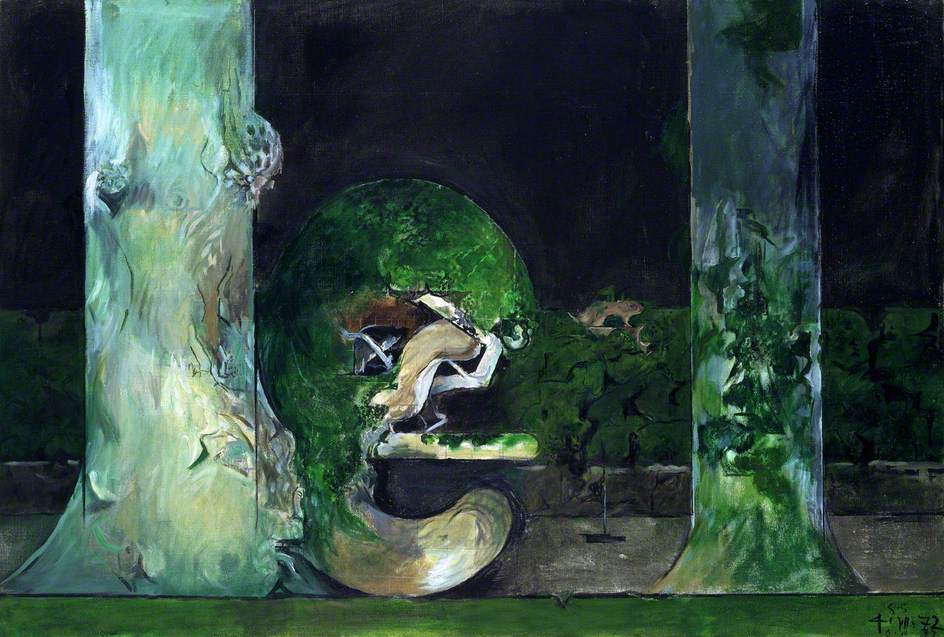
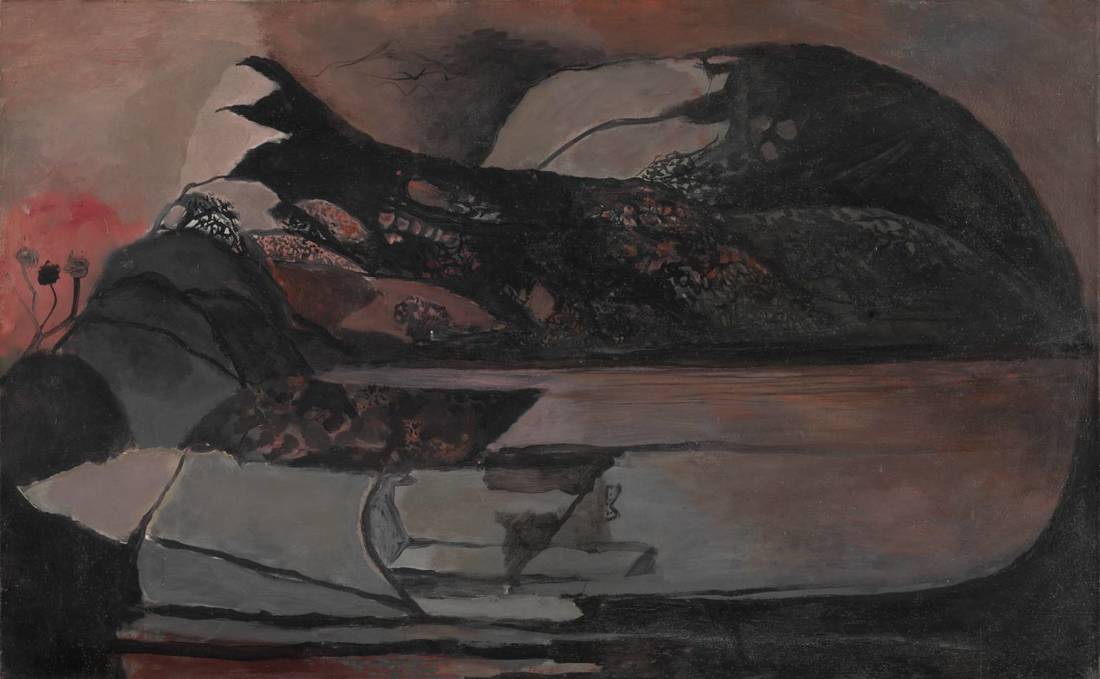
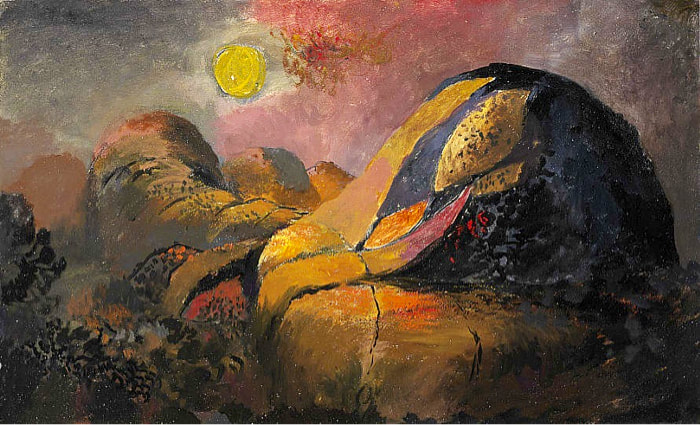
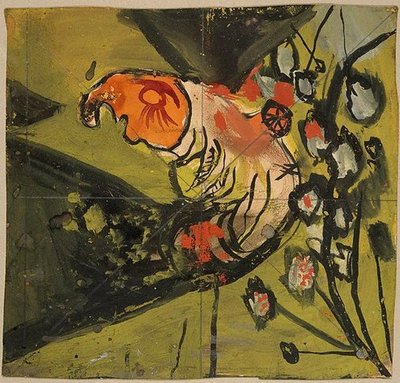
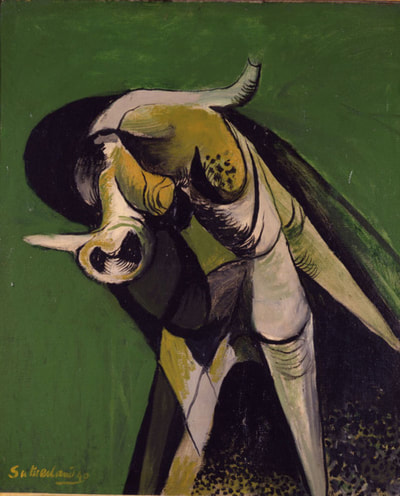
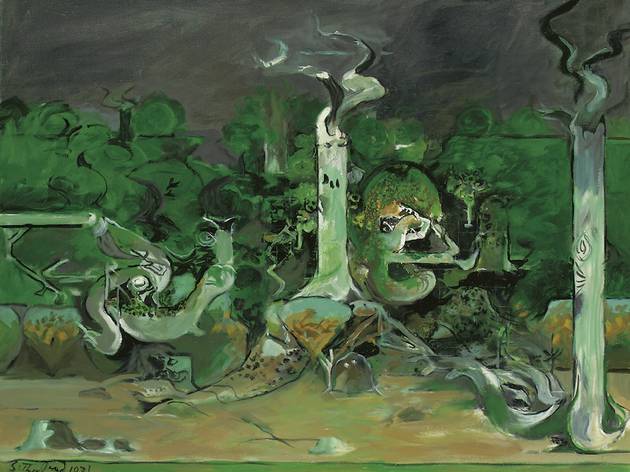
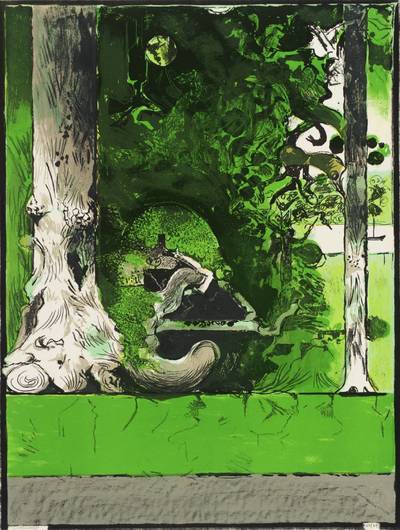
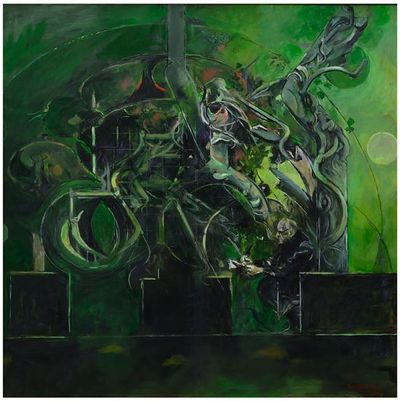
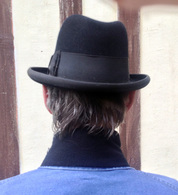
 RSS Feed
RSS Feed